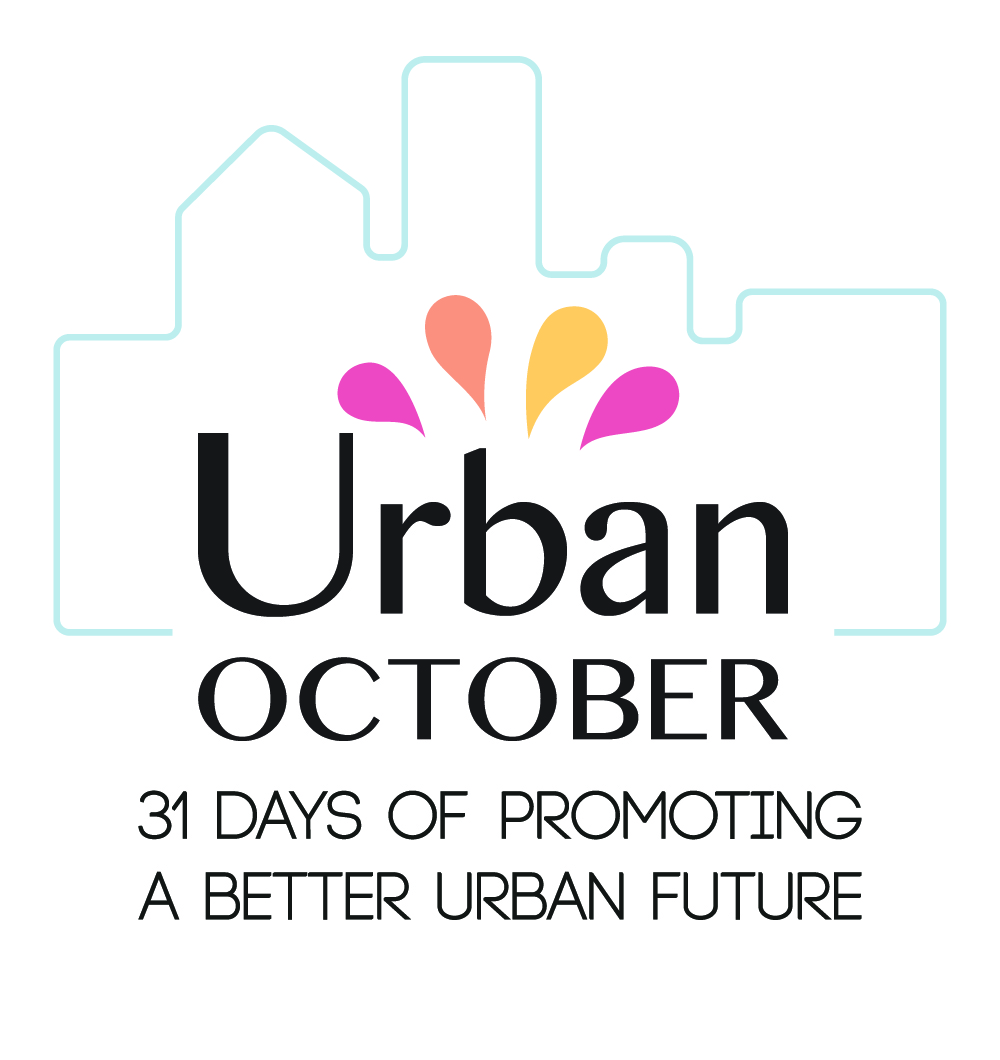SDGs: How to achieve them in cities?

Billboard
Skyscrapper
Halfpage
The United Nations’ Sustainable Development Goals call for drastic changes to create a more sustainable world by 2030. Cities have much to contribute – read more about SDGs in the urban context here.
What are the SDGs?
The Sustainable Development Goals or SDGs are 17 global objectives. All parties of the United Nationals have agreed to implement these goals by 2030. They aim at eradicating poverty and guiding sustainable development worldwide. While the goals are not binding, they are key for a more sustainable future. Therefore, many countries use the SDGs as a guideline for their sustainability efforts.
More than half of the world’s population lives in cities now, which also create most of the global economy and a considerable chunk of its pollution. The SDGs apply in an urban world as much – and sometimes more – than in its rural counterpart. Action at the city-level is crucial. Both local and regional governments as well as national government contribute towards the SDGs, which is why many mayors are working on these goals.
SDG 11 recognises the transformative power of cities. It focuses on the sustainable development of cities and human settlement. This represents an important first step towards empowering cities. At the same time, the role of urban actors extends to all 17 SDGs, covering topics such as education, sanitation, and consumption. Local government achievements will contribute to several SDGs at once.
Did you know? Every year, the month of October is dedicated to urban topics. The #urbanoctober campaign hosts events to discuss progress on SDG 11, to share inspiring projects, and to raise awareness of the importance of sustainable urban development.

Why are SDGs relevant in cities?
Cities are the driver of innovative sustainable development at the local level. While not all cities and settlements have the same starting point or work at the same speed, they are key for making urbanisation more sustainable. Since more than 70% of the world’s population will live in cities by 2050, this is one of the most important tasks of this century.
Cities also produce about 80% of the world’s economy. But poorly planned and managed cities often generate inequalities and challenges such as precarious living conditions in informal settlements. If steered correctly, urbanisation can be the solution to overcoming global challenges, including climate change and environmental degradation. Therefore, the SDGs are relevant in all cities.
The 17 SDGs have 234 indicators, two-thirds of which have urban components. The second important international agreement to guide urban development is the New Urban Agenda. This document identifies how sustainable urban development can be achieved through policy, legislation, inclusive governance, planning, municipal finance, and sustainable infrastructure development. Since 2016, countries report on their SDG progress through Voluntary National Reviews. Cities can hand in a Voluntary Local Review.
Progress reports show, however, that there is a need for support in translating performance data into strategic plans and practical urban development. The financing and implementation of the SDGs is still a challenge for many cities, risking the SDG implementation by 2030.
By the way: The “urbainable” exhibition explored the connection between the urban and the sustainable.
How can cities implement the SDGs?
City-level action is key for implementing the 2030 Agenda and the New Urban Agenda. UN member states have committed to work closely with regional and local authorities to implement the SDGs. This is known as “SDG localisation”.
Organisations such as ICLEI are working to support cities with SDG implementation. One example of this work is the UrbanSDG Campaign. It is a collaborative international effort to influence the inclusion of local and regional perspectives in the SDGs. This resulted in an unprecedented participatory policy process with relevant stakeholders from civil society, the private sector, and the scientific community.
At the heart of SDG implementation is finance. Many cities have very good action plans for the SDG implementation, sometimes even a local Agenda2030. However, municipal budgets tend to be tight. In countries such as Germany, the federal governance structure can complicate the implementation of projects at the local level. While the European Union funds many projects, in other areas of the world, it can be very hard to find financing.
Cities need to work closely with the private sector, civil society, academia, and other stakeholders to identify individual solutions and approaches for SDG implementation. The best path always depends on the local context and individual challenges. However, we can already see that working with climate change experts and initiatives will be key for sustainable urban development.
Local governments as key
The SDGs are an unprecedented opportunity for local governments to develop practical solutions to challenges. Often, these challenges are problematic and divisive, but finding local solutions tends to be easier and quicker than searching for national solutions.
Many local governments are pioneers of sustainable urban development. A good example is the city of Paris, where mayor Anne Hidalgo is leading efforts to create a 15-minute city with a car-free city centre. Other examples include waste-managing projects in Curitiba, Brazil, and energy-saving projects in Freiburg, Germany.
The SDGs are also a platform for leadership and mutual learning. Regular conferences, such as the World Urban Forum focusing on SDG 11, allow thought leaders to push the pace of progress and provide inspiring leadership. At the same time, cities with similar challenges can come together to work on solutions.
Cities can mobilise key actors, provide blueprints for other cities, pioneer new ideas, and position themselves as hubs for innovative and ambitious SDG ideas. They are already incubators for ideas promoting resilience and sustainability. And they serve as testing ground for transformational concepts such as the sharing economy or the circular economy. If cities change, the world will change. Considering that cities are also responsible for at least 70% of the world’s greenhouse gas emissions, achieving the SDGs is more important than ever.
Read more about SDGs in cities and UN Habitat’s core pillars for SDG 11 here.








